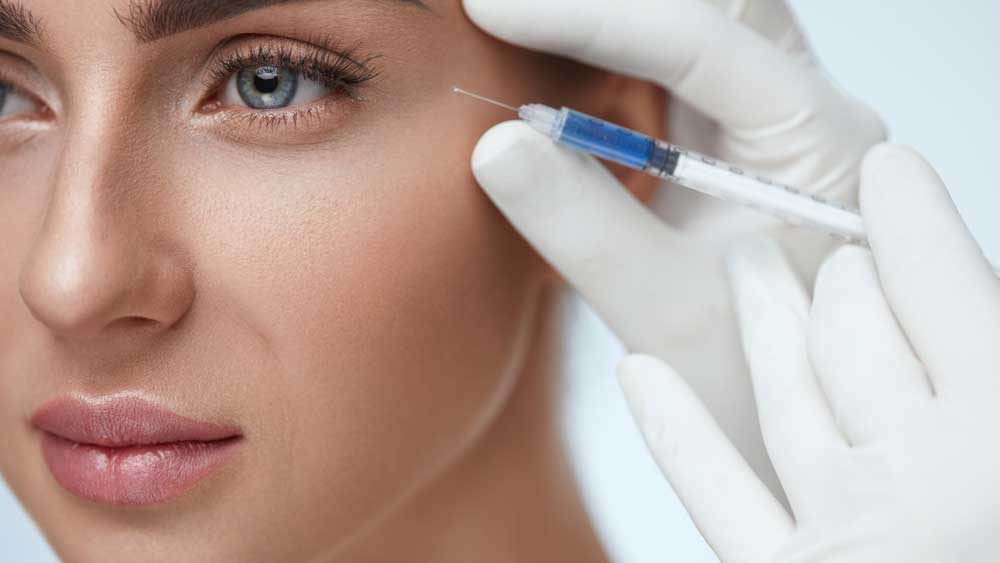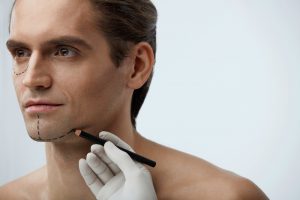Your skin gets its colour from melanin. If the cells in your body that create this pigment are damaged then parts of your body (or in some cases your entire body) will become discoloured. There are a variety of factors that can disrupt your body’s supply of melanin.
The most common disruptions include acne, eczema, cuts, scrapes, scratching, heavy sun exposure, pregnancy, and conditions such as Addison’s disease. No matter the cause of your discolouration, there are skin pigmentation treatments that can help you.
Check out this guide to learn more about these treatments and find out if you’re a good candidate for them.
Lightening Creams
You can get lightening creams over-the-counter. If the options in your local drug store don’t work, you can talk to your doctor about trying out one of the stronger, prescription brands.
As the name suggests, these creams contain ingredients that can lighten your skin such as hydroquinone and niacinamide. Lightening creams are best used for little patches of discoloured skin and work well for a majority of skin types.
This likely the most affordable option on this list but it won’t act as fast to solve your problem as a professional treatment can.
Retinoids
Retinoids are better at treating wrinkles than they are at fixing skin discolouration but they will do the job. Like the lightening creams, you can either get retinoid over-the-counter or as a prescription.
Prescription brands tend to be a lot stronger than anything you can get in the store. Retinoids will work with most skin types but you should talk to your doctor if you have darker skin and plan to use this product for a long time.
Face Acids
Applying face acids will gently exfoliate your top layer of skin. Fresh new skin cells will form to replace the ones that you shed away.
Over time, your skin tone will even out and even become smoother. Look for products that contain kojic acid, alpha hydroxy acid, salicylic acid, or azelaic acid.
Chemical Peel
Chemical peels use strong concentrations of acid to remove the top layer of skin and reduce the appearance of age spots, melasma, sun damage, and blotchy skin. You can get these over-the-counter but it’s not a good idea.
The peels offered in a professional’s office are a lot stronger and provide better results. A professional will also take all your skin needs into account and choose a peel that will work best for you.
Not only will this help you get the most out of the peel but it will also make the process a lot safer for you. If you spend a good amount of time in the sun each day this treatment option may not be a good idea.
Chemical peels make your skin more sensitive to the sun’s rays. You’ll need to take plenty of precautions or else the peel will only make your condition worse.
Laser Peel
Laser peels get rid of skin discolouration using light. There are two different types of lasers that are used in this treatment, ablative and non-ablative.
The ablative laser is the most forceful of the two as it will remove layers of your skin. It is stronger but you may see a few negative side effects from it.
The non-ablative laser goes beyond the surface level to target your dermis and stimulate the growth of collagen. Which laser is used all depends on your skin type. Your dermatologist will have to look at your skin needs to decide which option will be best for you.
Intense Pulse Light Therapy
It usually takes a few sessions for intense pulse light therapy to show results but it’s proven effective for skin discolouration, spider veins, wrinkles, and enlarged pores.
It’s a type of non-ablative laser that targets your dermis in order to stimulate the growth of collagen. Please note that this treatment is best for those with fairer skin types.
Microdermabrasion
Like intense pulse light therapy, you may have to go in for several microdermabrasion sessions to get the results that you’re looking for. Your dermatologist will use a wire brush tool to gently get rid of your epidermis.
This procedure will help fade many skin pigmentation issues but it’s most effective for scaring. Microdermabrasion is effective for those of all skin tones.
Dermabrasion
Dermabrasion works much like microdermabrasion. The difference is that it continues past the epidermis to affect the dermis as well. While this procedure is traditionally used to get fight wrinkles it’s also effective for age spots, acne scars, injury scars, chickenpox scars, and sun damage.
Dermabrasion is best for those with fairer skin tones. Those with medium skin tones may experience further discolouration, though that may fade after a few weeks.
Preventing Future Damage
No matter what treatment you decide to use, you will have to do a little extra work in order to keep skin discolouration away. Wear sunscreen every time you go out. It doesn’t matter if the weather is sunny or cloudy.
Irritation can make your skin pigmentation problem worse. Stick to gentle skincare products. Since pimples and bug bites are leading causes of skin discolouration, protect yourself by wearing bug spray and investing in acne-fighting products.
Skin Pigmentation Treatments for You to Consider
Does skin discolouration have you feeling self-conscious? Take control of the situation by going in for a skin pigmentation treatment.
Chemical peels, microdermabrasion, dermabrasion, and laser peels are all great options for discolouration. If you can’t afford one of these treatments there’s always lightening creams, retinoids, and face acids. Love the skin that you’re in.
Ready to get started on your skin treatment? Contact us to book an appointment today.

